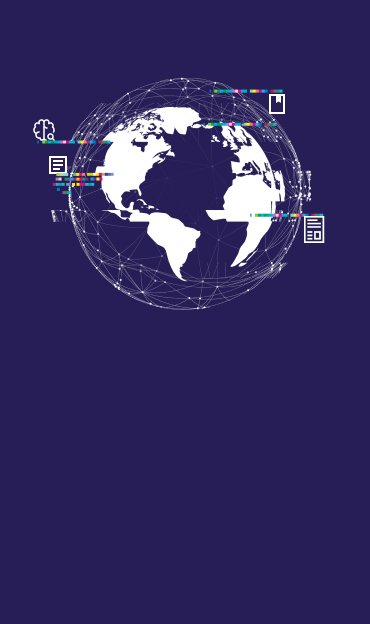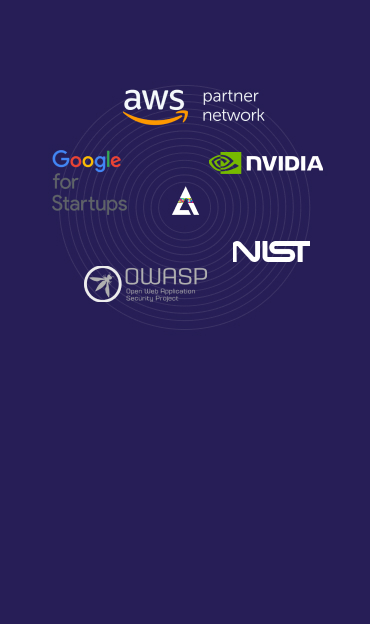AI benefits of the finance industry
Artificial intelligence (AI) has made significant advancements in recent years, transforming various sectors, including the financial one. With its ability to analyze vast amounts of data, detect patterns, and automate processes, AI offers numerous benefits to banking. These advantages include enhanced efficiency, improved risk management, personalized customer experiences, fraud detection, and cost savings.
AI algorithms can quickly process complex financial data, enabling faster decision-making and reducing manual errors. Additionally, AI-powered chatbots and virtual assistants provide customers with personalized recommendations and support.



